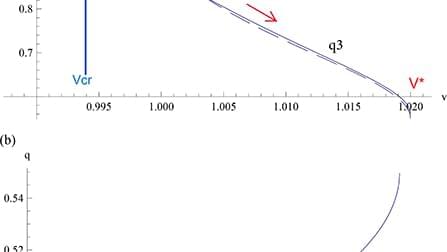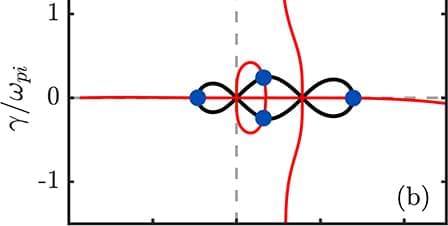Can you imagine if we had computer/brain interfaces what would happen? We’ll need brain firewalls and antivirus.
Android apps digitally signed by China’s third-biggest e-commerce company exploited a zero-day vulnerability that allowed them to surreptitiously take control of millions of end-user devices to steal personal data and install malicious apps, researchers from security firm Lookout have confirmed.
The malicious versions of the Pinduoduo app were available in third-party markets, which users in China and elsewhere rely on because the official Google Play market is off-limits or not easy to access. No malicious versions were found in Play or Apple’s App Store. Last Monday, TechCrunch reported that Pinduoduo was pulled from Play after Google discovered a malicious version of the app available elsewhere. TechCrunch reported the malicious apps available in third-party markets exploited several zero-days, vulnerabilities that are known or exploited before a vendor has a patch available.
Sophisticated attack
A preliminary analysis by Lookout found that at least two off-Play versions of Pinduoduo for Android exploited CVE-2023–20963, the tracking number for an Android vulnerability Google patched in updates that became available to end users two weeks ago. This privilege-escalation flaw, which was exploited prior to Google’s disclosure, allowed the app to perform operations with elevated privileges. The app used these privileges to download code from a developer-designated site and run it within a privileged environment.







